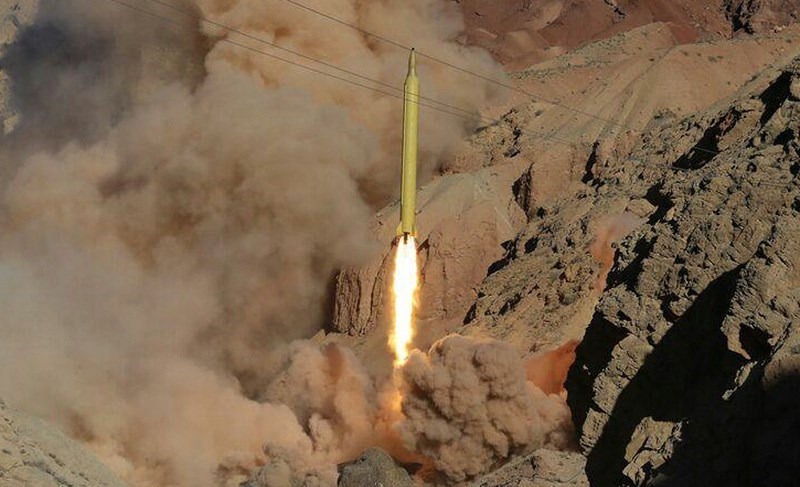TEHRAN, Iran (Transatlantic Today) – In advance of the anticipated revival of the delayed negotiations over Tehran’s frayed nuclear agreement with Western powers, Washington rebuked Iranian state television’s report on Sunday that Iran had fired a solid-fueled rocket into orbit.
Uncertainty surrounds the time and location of the rocket’s launch, but the statement came after satellite images revealed preparations at the Imam Khomeini Spaceport in remote Iran’s Semnan Province, the location of Iran’s several unsuccessful efforts to launch a satellite.
In the midst of rising tensions over Iran’s nuclear programme, which is advancing quickly with less international control, state-run media broadcast dramatic images of the blastoff.
Iran has previously admitted that it intended to conduct more tests of the rocket that it used to launch the first satellite in February of last year.
According to Ahmad Hosseini, a spokesperson for the Iranian Defense Ministry, Zuljanah is a 25.5-meter-long rocket that can lift a satellite weighing 485 pounds (220 kilogrammes) into low-Earth orbit where it will gather data and advance Iran’s space sector.
The White House acknowledged being aware of Iran’s declaration and denounced the action as being harmful and unstable.
The launch takes place just one day after Josep Borrell, the head of foreign policy for the European Union, visited Tehran in an effort to restart discussions over Iran’s nuclear programme that have been deadlocked for months. There are still some major grounds of contention, like as Iran’s demand that Washington remove the terrorism-related sanctions imposed on its paramilitary Revolutionary Guard.
Borrell announced on Saturday that the nuclear agreement discussions will restart in an undisclosed Persian Gulf nation in the coming days. According to Iranian media, Qatar would probably serve as the location for the talks.
In 2018, the U.S. exited the nuclear agreement with Iran and re-imposed harsh sanctions on the country. Tehran increased its nuclear activity significantly in response, and currently enriches uranium more closely than ever to levels suitable for use in weapons.
Iran removed more than twenty IAEA cameras from its nuclear facilities last month, escalating the situation and limiting the global community’s ability to monitor its nuclear programme. The action, according to the agency’s chief, dealt the shattered nuclear agreement a “fatal blow.”
According to ABC NEWS, Washington has expressed concern about Tehran’s rocket launches as the nuclear agreement continues to fall apart. The United States says that the launches are in violation of a UN Security Council resolution urging Iran to refrain from any activities involving ballistic missiles with the capability of carrying nuclear weapons.
On Sunday, the White House reaffirmed its commitment to utilizing sanctions and other tools to stop Iran’s ballistic missile programme from moving forward.
Such a satellite launch system, according to the March 2022 threat assessment from the U.S. intelligence community, reduces the timeline for Iran to develop an intercontinental ballistic missile since it employs similar technology.
Iran, which also has long said that it does not desire nuclear weapons, claims that there is no military component to its space launches and rocket tests.


























